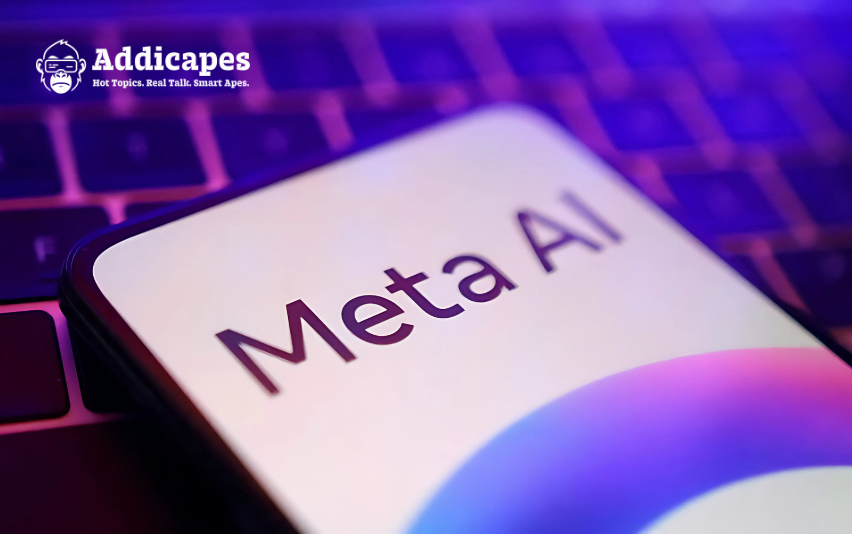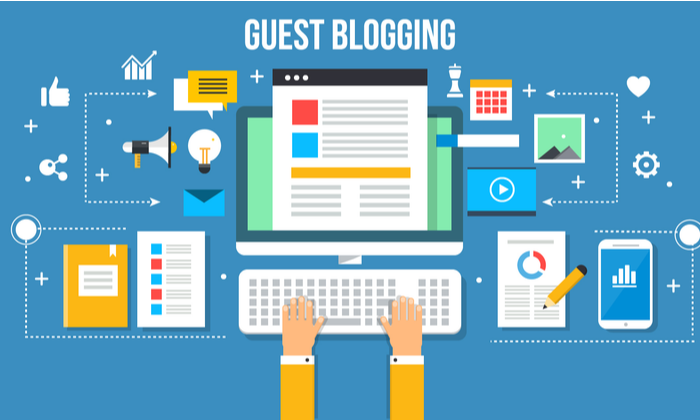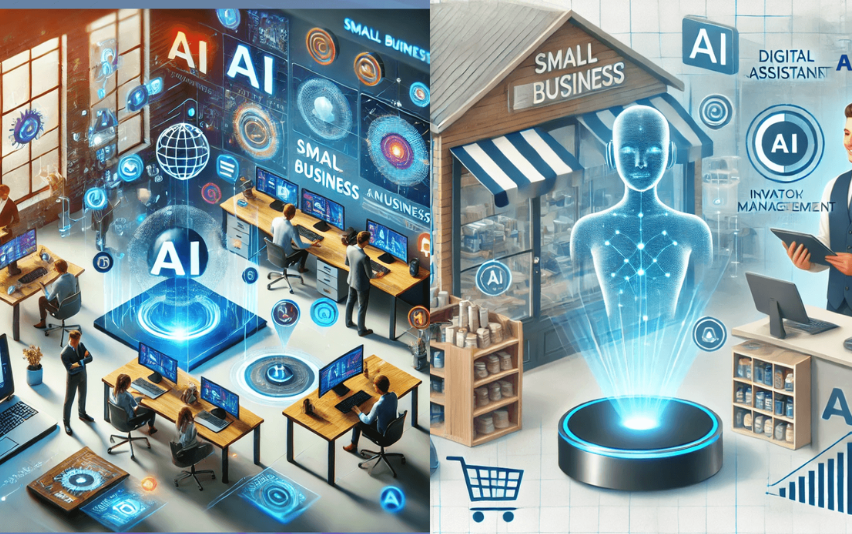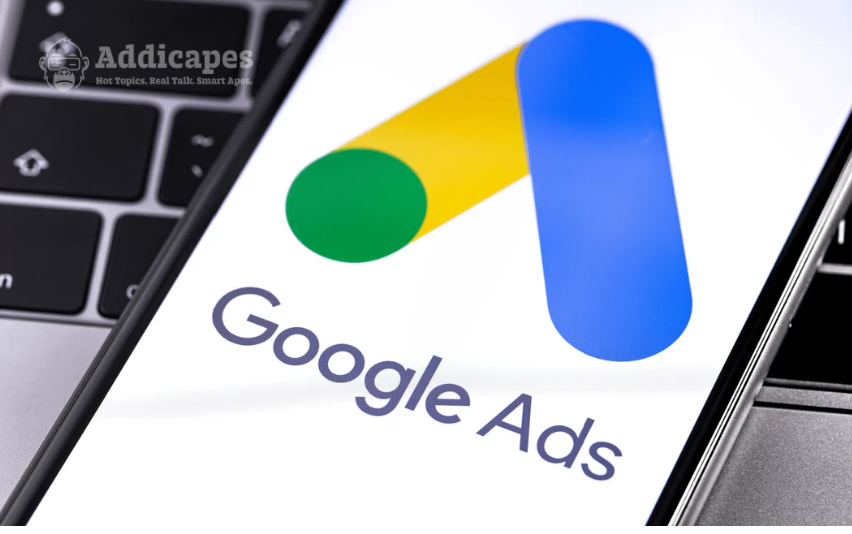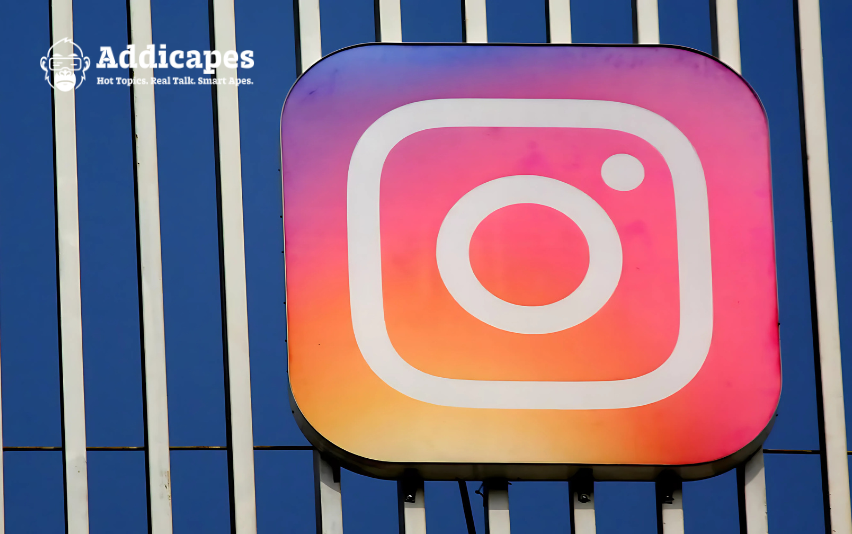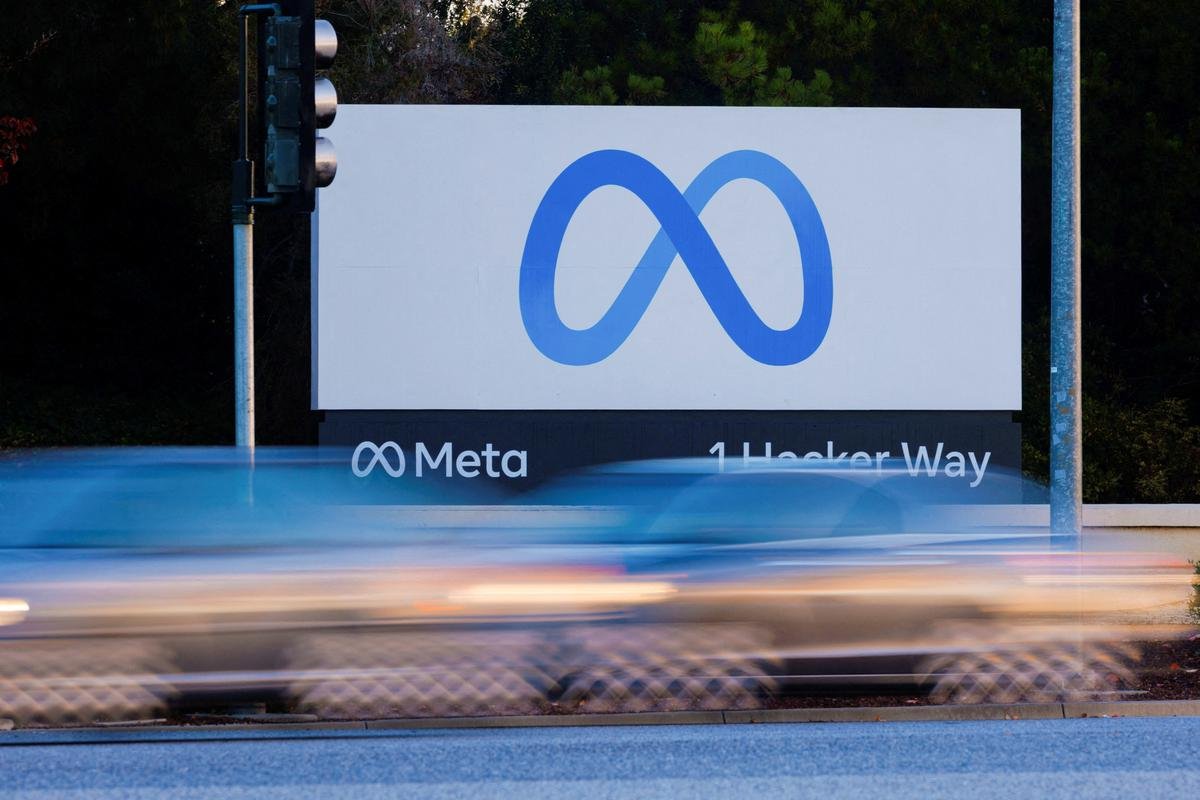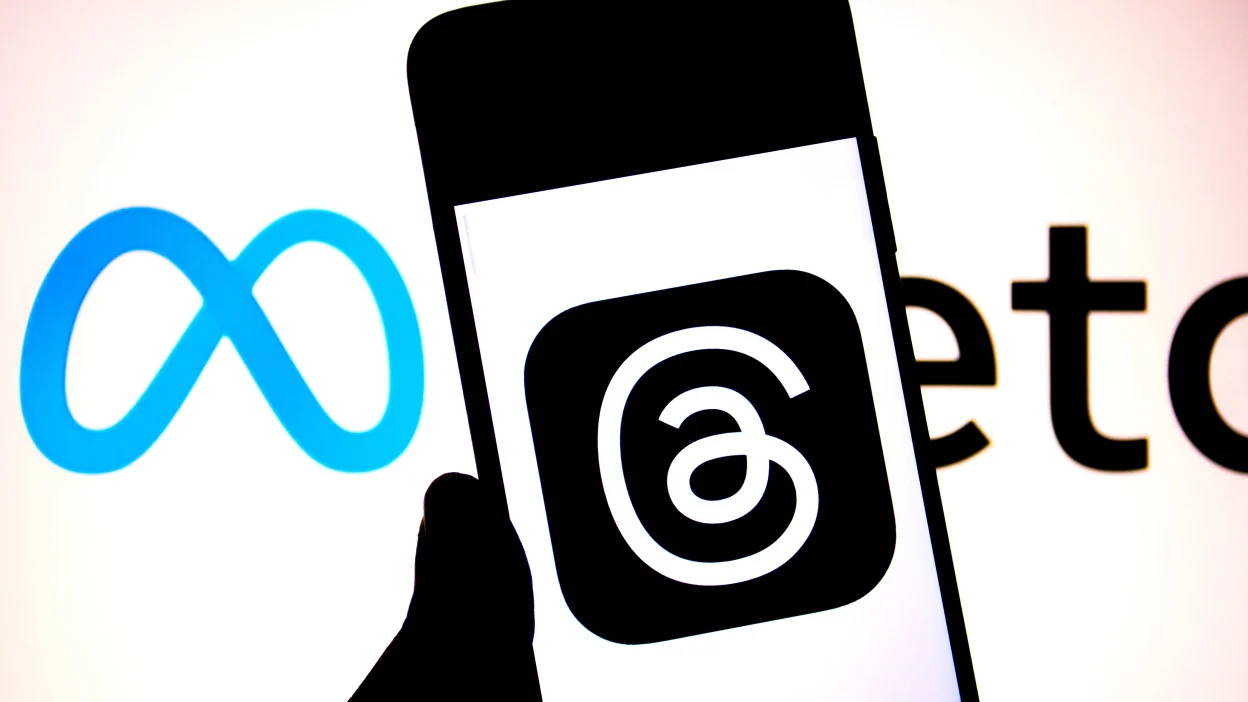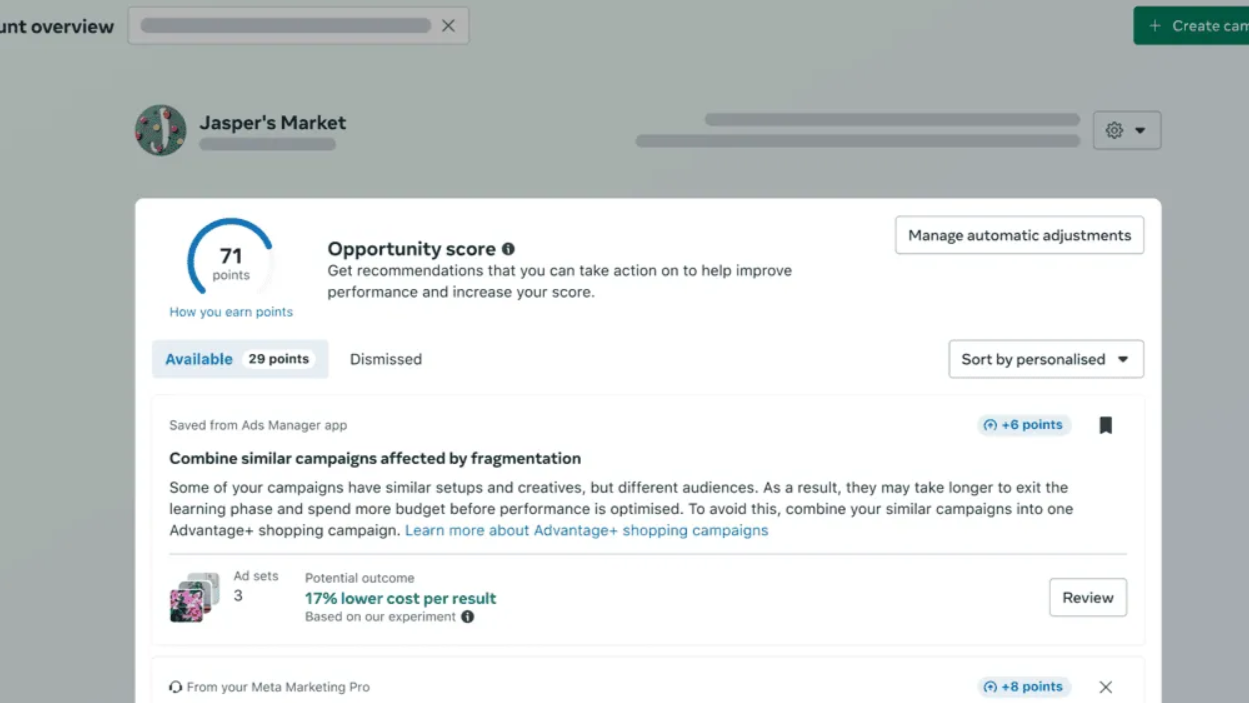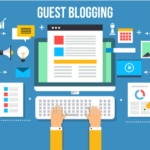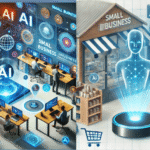A Major Shift in Meta Ads: When AI Takes Over Your Ad Strategy
Do you remember, just a few years ago, when you opened Facebook Ads Manager, you had the power to fully control your audience? You could meticulously target your audience based on age, gender, interests, behaviors, and even specific life events. It was like a craft, where a skilled digital marketer would use their knowledge and experience to reach the most precise audience.
But now, things are changing. If you’ve paid attention to Meta’s advertising dashboard recently, you may have noticed that many manual targeting options are slowly disappearing. Meta, formerly known as Facebook, is now focusing all its power on AI (Artificial Intelligence). This is a big step that is leaving many advertisers in a state of uncertainty. For some, it’s a blessing that simplifies their work, while for many others, it’s a challenge, as they fear losing control.
In this article, we will delve into this major shift. We’ll understand why Meta is doing this, what its impact will be on your ad campaigns, and what steps you can take to succeed in this new environment. If you are an advertiser, a business owner, or a digital marketing professional, this article is extremely important for you.
The Golden Era of Manual Targeting: Why It Was So Loved
The main attraction of manual targeting was the control it offered. Advertisers could precisely dictate who their ad should be shown to. For example:
- Demographics: A female-focused fashion brand could target only women aged 18-35.
- Interests: A fitness brand could target people interested in “workouts,” “yoga,” or “healthy eating.”
- Behaviors: A travel agency could target people who frequently travel.
This control made advertisers feel they were spending their ad budget most effectively. They could fully understand their audience strategy and create their ads accordingly. However, this approach was often time-consuming and complex. It required a lot of trial and error (A/B testing), and sometimes, even with the most precise targeting, the results weren’t great.
The Rise of AI Targeting: Why Is Meta Making This Change?
According to Meta, this change is being made for the benefit of advertisers themselves. Using AI improves ad performance. There are a few key reasons behind this:
1. The Vastness of Data: Meta has data from billions of users. No human can process so much data. AI algorithms can analyze millions of data points in seconds and identify which users are most likely to engage with your ad. They don’t just look at your targeted interests; they also analyze user behavior, videos they’ve watched, links they’ve clicked, and hundreds of other signals.
2. Privacy and Data Security: After Apple’s iOS 14.5 update, Meta’s access to user data became limited. In such an environment, AI works more effectively because it can make better predictions with less data. Meta might not be able to show you which specific users clicked on your ad, but its AI knows which users are likely to bring the best results. It provides better outcomes while adhering to data security regulations.
3. Simplifying the Process: Meta believes that AI targeting will make running ads much easier for small businesses and new advertisers. They will no longer need to waste time on complex audience research. They will simply choose their ad objective (e.g., sales or leads), and the AI will do the rest. Tools like Meta’s Advantage+ Shopping campaigns and Advantage+ Creative are a big step in this direction.
The Pros and Cons of AI-Based Targeting
It’s important to understand what AI-based advertising means. It’s not just a new tool; it changes your entire approach.
Pros (Advantages):
- Better Performance: In many cases, the AI algorithm finds customers that a human would never have thought of. This helps in reaching unexpected but high-value audiences.
- Time Savings: The time spent on campaign management is reduced, as you have to focus less on audience options. You can use that time on your ad creatives and other business strategies.
- Cost-Effectiveness: Often, AI can bring more conversions for less ad spend, improving your ROI (Return on Investment).
Cons (Disadvantages):
- Loss of Control: This is the biggest complaint. Advertisers feel they are losing control over their strategy. The ability to reach a very specific audience is diminished.
- Lack of Transparency: You won’t always be able to see the basis on which the AI showed your ad. It’s a “black box” of an algorithm.
- Problem with Short-Term Testing: If you want to run a small test on a very specific audience segment, it can be difficult. The AI requires more data and time to work effectively.
A Strategy Guide to Succeed in the New Landscape
So, what should an advertiser do to succeed in this new AI-driven era? Here are some key strategies:
1. Focus on Creatives: Now that the AI is handling targeting, your focus should be on your ad content. Your video, your image, and your ad copy must be so compelling that they make people stop scrolling. The AI will place your ad in front of the right people, but it’s the ad content that will compel them to buy. Use a variety of videos, images, and text in your ads.
2. Feed the Algorithm with High-Quality Data: The AI algorithm needs high-quality data to work. Set up your Pixel and Meta Conversions API correctly. Ensure you are sending accurate information about the conversions happening on your website back to Meta. The more data you provide, the better the AI will work.
3. Embrace Broad Targeting: This is a difficult mindset shift. Instead of targeting audiences like “women aged 35-45 who are interested in yoga and live in Delhi,” you should start with broader audiences like “women over 30 in India.” Let the AI find the right audience for you.
4. Track Your Conversions: Your primary goal should be conversions (e.g., sales, leads, or app installations). Run the AI on the “Maximize Conversions” objective. Your campaign is a learning process for the AI. It learns from the conversions you track and gradually improves its performance.
5. Test Constantly, But in a Different Way: Instead of traditional A/B testing, you can now test different creatives and different calls-to-action. You can put your main creatives in a single campaign and see which combination works best.
Looking to the Future: The Changing Role of the Advertiser
This change isn’t limited to Meta. Google, Pinterest, and other digital advertising platforms are also moving in this direction. In the future, a successful online advertiser will not be the one who is the best targeting guru, but the one who is the best strategist and creative genius.
Your job will now be to:
- Develop a strong advertising strategy.
- Create high-quality creative content.
- Analyze your campaign results and provide better data to the AI.
This shift might seem daunting at first, but it is also an opportunity. It allows you to focus on the most critical part of your advertising strategy—creating compelling content to attract your customers. If you accept this change and adapt your strategies accordingly, you will not only survive but also thrive in this new era.
Do you think this move by Meta is the right one? How are you viewing this change? Let us know in the comments below!

